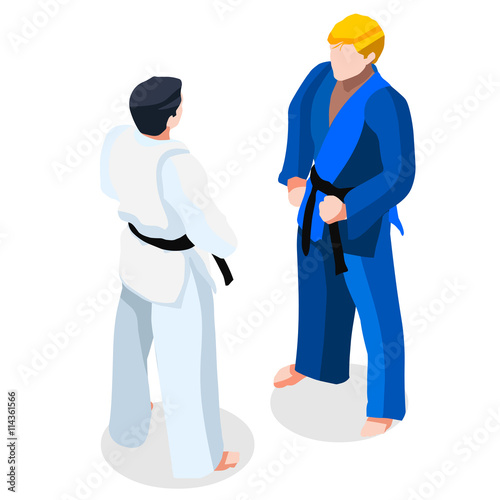The Development And Historical Context Of Martial Arts Worldwide
The Development And Historical Context Of Martial Arts Worldwide
Blog Article
https://olympics.com/en/news/bianca-cook-chasing-taekwondo-history-baku-worlds-paris-2024-interview -Stevenson Liu
Martial arts have an interesting history that spans centuries and continents. You may discover it interesting exactly how old practices like Shuai Jiao and Kalaripayattu prepared for modern-day fight strategies. These disciplines not just emphasize physical abilities but also reflect the cultures that birthed them. As you explore their advancement, consider just how globalization has actually changed these conventional forms right into crossbreed styles. What influences do you assume have formed today's martial arts landscape?
Ancient Martial arts: The Structures of Battle
As you delve into the globe of old martial arts, you'll uncover the rich foundations that formed fight techniques across cultures. Early methods concentrated on Self-Defense and survival, commonly including strikes, grappling, and weaponry.
In old China, as an example, techniques like Shuai Jiao highlighted tosses and joint locks, while India's Kalaripayattu showcased agility and liquid motion. Japanese samurai created Kenjutsu, a refined swordsmanship that highlighted technique and strategy.
These martial arts offered not just for fight yet also as a way of personal development, instilling worths like regard and determination. The mixing of these techniques over time prepared for the varied martial arts you see today, each reflecting the unique viewpoints and demands of its society.
The Cultural Influence on Martial Arts Growth
While martial arts typically mirror the functional demands of a culture, they also symbolize the social worths and beliefs of their beginnings. When you discover various martial arts, you'll observe exactly how they're affected by faith, ideology, and social standards.
For instance, the focus on regard and technique in Japanese martial arts comes from Zen Buddhism and samurai culture. In contrast, Brazilian Jiu-Jitsu advertises versatility and method, shaped by the demand for efficiency in a diverse, modern atmosphere.
You could locate that the rituals, attires, and training methods reflect a community's background and identity. By comprehending when to learn martial arts , you grow your recognition of martial arts and their duty in shaping human experiences across the globe.
Modern Adaptations and the Globalization of Martial arts
Martial arts have changed considerably in recent decades, adjusting to contemporary society and global influences. visit the next post 'll notice that standard forms have mixed with contemporary methods, producing hybrid styles like MMA. These adaptations cater to varied audiences, making martial arts easily accessible and appealing globally.
With the surge of social media and digital platforms, you can locate tutorials and competitors from all edges of the world, breaking geographical obstacles. This globalization has actually resulted in a shared recognition for different self-controls, from Brazilian Jiu-Jitsu to Taekwondo.
As you engage with these arts, you'll understand they're not practically fight; they promote fitness, discipline, and psychological health.
Eventually, contemporary adaptations have actually enhanced the martial arts landscape, making it a vibrant and progressing method.
Conclusion
In checking out the history and development of martial arts, you reveal a remarkable mix of strategies, societies, and approaches. From ancient disciplines like Shuai Jiao and Kalaripayattu to the contemporary versatility seen in MMA, martial arts show mankind's quest for Self-Defense and individual development. As you involve with these methods, you not only obtain skills yet likewise a much deeper gratitude for the diverse practices that form our world today. So, continue your trip and embrace the art of combat!
